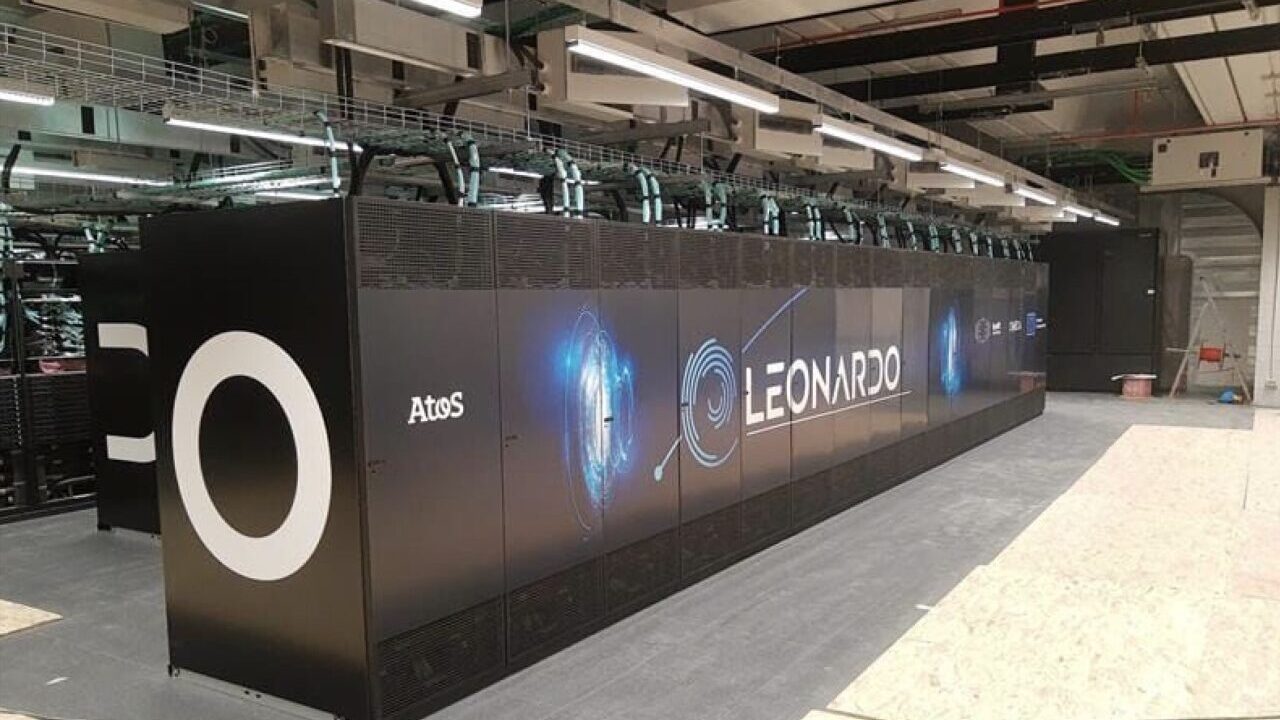Is called Leonardo, is Italian, and is currently in fourth place in the world ranking of the most powerful supercomputers. In Europe it is in second place. The calculator was made by Atos and is based on proprietary technology BullSequana XH2000.
Leonardo, whose name is a tribute to the symbol of the Italian Renaissance, was delivered to the Bologna Technopole. It will be from there that he will help the European Union in various fields, from research to defence. He will also be used in extreme situations, such as the fight against pandemics and epidemics.
Giuseppe Di Franco, Chairman & Chief Executive Officer ed Executive Vice President di Atos Group he has declared:
“Prestigious awards like this fill us with pride, because they testify to the quality of the work done by everyone involved in the project. The teamwork put in place for the creation of Leonardo, which has seen a broad synergy of players, from the teams of Atos, Cineca and EuroHPC, immediately sees its fruits return and will represent a strong driving force for development. Leonardo will be a central enabler in the Italian and European technological future, a strategic infrastructure that will allow research, innovation and key sectors of our economy to generate new value and long-term opportunities”.
How the EuroHPC Leonardo supercomputer works
Leonardo provides a computing power of 250 petaFlopsfor a total of 250 trillion floating point operations per second. To get an idea: it’s 10 times more than the previous Cineca system, with a storage capacity of over 100 petabytes.
The system is built on Atos’ BullSequana XH2000 supercomputer nodes, directly liquid-cooled (DLC), each with four GPU NVIDIA Tensor Core A100 and a single CPU Intel Xeon Scalable third generation processors. The system also relies on Micron Technology and its memory modules DRAM DDR5 state-of-the-art CPU technology to help meet system bandwidth and performance needs.
The supercomputer will use connectivity NVIDIA Mellanox HDR 200Gb/s InfiniBand, with intelligent engines for accelerating computation on the net. These ensure minimal latency and high data throughput. In this way, maximum performance and scalability of Artificial Intelligence and High Performance Computing applications are achieved.
The system features approx 3,500 Intel Xeon processors e you 14,000 Ampere architecture GPUs from NVIDIA, with performance of 10 ExaFLOPs in reduced precision, typical of Artificial Intelligence applications. The data-centric partition is based on BullSequana X2140 three-node CPU Blade and is equipped with two 4th generation Intel Xeon Scalable CPUs (formerly codenamed Sapphire Rapids), each with 56 cores, to be installed in early 2023.















Leave a Reply
View Comments